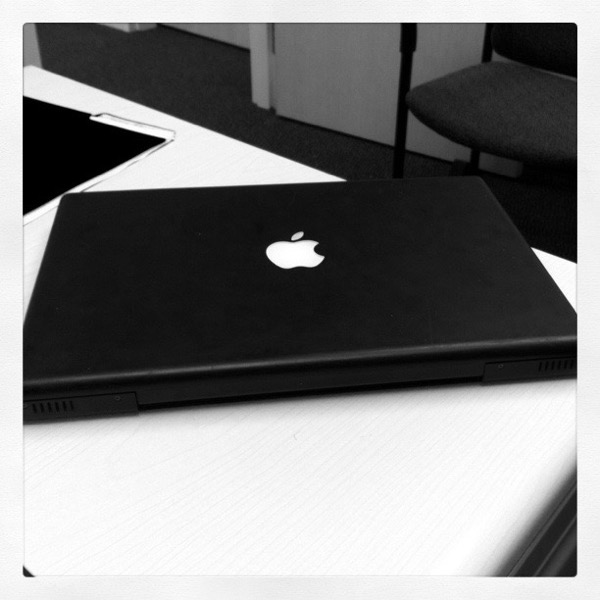I have long harbored a distaste for the phrase “it is what it is.” I have called it a cliché, or more often, a tautology wrapped in a cliché. Most recently, our illustrious president used the phrase it perhaps its most nefarious, organizational-speak usage. In this case, it refers to a situation the speaker deems unchangeable.
Dr. Liane Gabora, writing for Psychology Today, took a look at “it is what it is.” Her takeaway is upbeat and faithful:
But then I realized that the phrase “it is what it is” is itself in a state of potentiality. In some contexts, it can indicate acceptance of complexity and ambiguity. In other contexts, it can indicate acceptance of limitations. It’s a phrase that may well have yet other shades or meaning, or be evolving new shades of meaning as I write this. It’s not one static thing. It is what it is.
This gets to my understanding of the phrase, when I would hear a superior steer a conversion away from something that the group was complaining about. “It is what it is,” and as such we shouldn’t spend any more cycles on it because we can’t change it.
I was listening to an episode of Upgrade with Jason Snell and Myke Hurley, and they were discussing the increasingly pitched battled between Epic and Apple over Fortnite’s inlcusion in the App Store. Jason, in describing the App Store, said that “it is what it is ” around the 32-minute mark. Of the Store, he noted that “Apple made it… its of a piece… it is what it is… It’s not hardware, it’s not software.”
In this case, it’s not necessarily a state of potentiality nor even ambiguous. But it is, by Snell’s conception, greater than the sum of its parts, and it defies easy analysis in a conversation such as what popped up around the Epic v Apple battle.
An article on Pain in the English posits an interesting hypothesis for the provenance of the phrase, suggesting that it may harken back to a phrase used by black Americans referring to systemic forces they saw as, in the immediate term, insurmountable. In common parlance, however, the writer offered this critique:
I dislike the vagueness of it, especially because wen [sic] people say it, they seem to imply it explains something, which it does not. It seems to be a weak vulgar shrug uttered by those who don’t know what else to say, and are baffled or confused themselves.
In addition to pointing out that “It is what it is” was USA Today’s cliché of the year in 2004, Guff Magazine critiques the hopelessness the phrase not only expresses, but inspires:
The effectiveness of “it is what it is” is that others can’t argue against it. No one can refute it. It stops short any constructive communication right in its tracks. If you ask a person why something can’t be accomplished and his or her response is, “It is what it is,” then there is no moving forward. It is an invisible, immovable barrier stronger than the Death Star’s deflector shield, and one that no Jedi can disable.*
Peter Economy, writing for Inc, describes its use in military and organizational applications:
It is what it is is an admission that the problem is too hard and suppresses the attitude that leads to creative, unseen solutions. Even if a leader racks his brain for a solution to the challenge, yet can’t find one…he should realize that his team contains a wealth of unique experiences and perspectives to contribute. It is what it is negates their value.
But what did Trump mean? He was referring to the deaths in the United States associated with COVID–19. In his usage, it was something that had passed. Those lives, sadly, have been lost. There’s no point discussing it, to Trump’s way of thinking, because it can’t be fixed. It is what it is.
So in the organization usage I referenced, and Trump’s usage, “It is what it is” is an argument to abandon hope. If something is what it is, it’s done. Over. At the very least, unchangeable. Can that be true? I suppose. Should you assume it’s true because someone in a position of power says so?
No.








